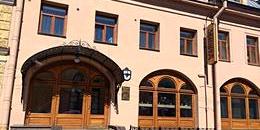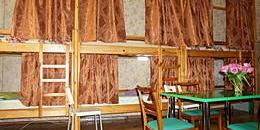Marsovo Pole (Field of Mars)
One of the most famous squares and green spaces in the city center, the Field of Mars is home to an eternal flame that burns in the center of the square commemorating the victims of the Russian revolutions of 1917. The lovely, open location between the Summer Garden and Mikhailovsky Garden makes the Field of Mars a favorite place for residents to walk and a must-see destination for tourists.
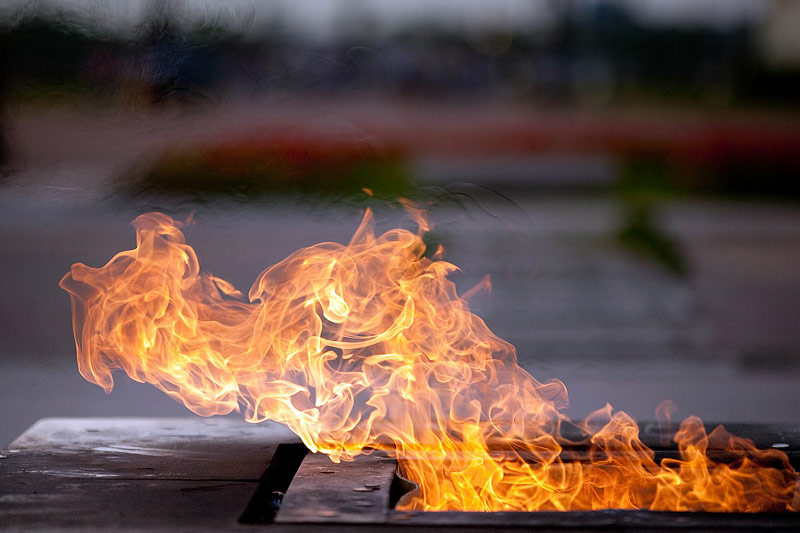
At the beginning of the 18th century, the area was mostly a marshy swamp out of which flowed two small rivers, the Mya River and Krivusha River (later the Moyka River and Griboedov Canal respectively). Peter I had the area drained due to its close proximity to his Summer Palace. The drained area was called the Grand Meadow. Later, military parades and folk festivals were organized here, and the space became known as the Amusements Meadow. Residences of the nobility gradually filled up the surrounding area, and during the reigns of Anna Ioannovna and Catherine I, the meadow turned into a formal garden and was renamed Tsarina's Meadow. After the flood of 1777 destroyed the garden, the meadow was once again used as a training ground for the Russian army.
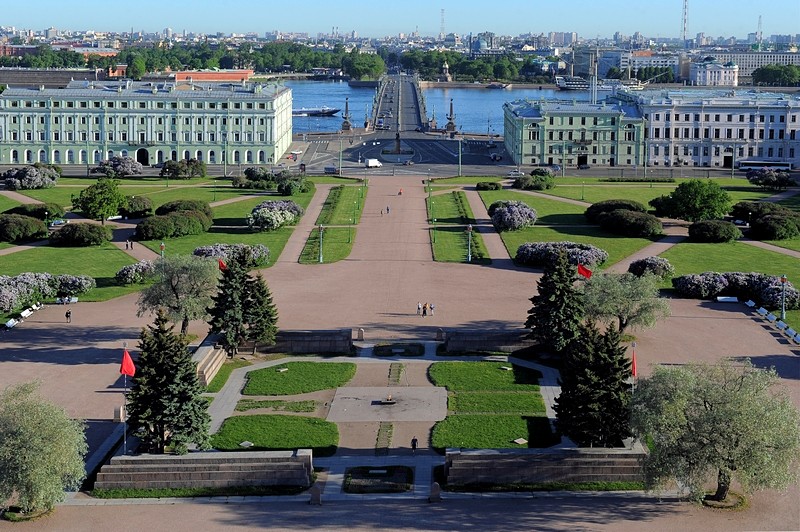
The Field of Mars gained its present-day name after a monument to the military leader Alexander Suvorov, cast as the ancient god of war, was erected in the square. The name was also an obvious reference to the Fields of Mars in Rome and Paris; a bold indication that Petersburg should be recognized as one of the great European capitals.
Eventually the field transformed from a thriving green meadow into a dusty military parade ground. City newspapers nicknamed it "the St. Petersburg Sahara." Many attempts were made in the 19th and early 20th centuries to improve the space. In 1818 at the suggestion of the architect Carlo Rossi, the Suvorov monument was moved to Suvorovskaya Ploshchad, on the embankment to the north of the Field of Mars. From 1869, the Field of Mars was used to host fairs with booths, swings, and sled-riding. During the winter of 1903, the world championship in speed skating was held here, and in 1913 the first intercity hockey game took place as the St. Petersburg team "Sports" was defeated 6-2 by an English club. During its history, the Field of Mars has been home to the Uranus Observatory, a summer cinema house, a roller coaster and a skating rink.
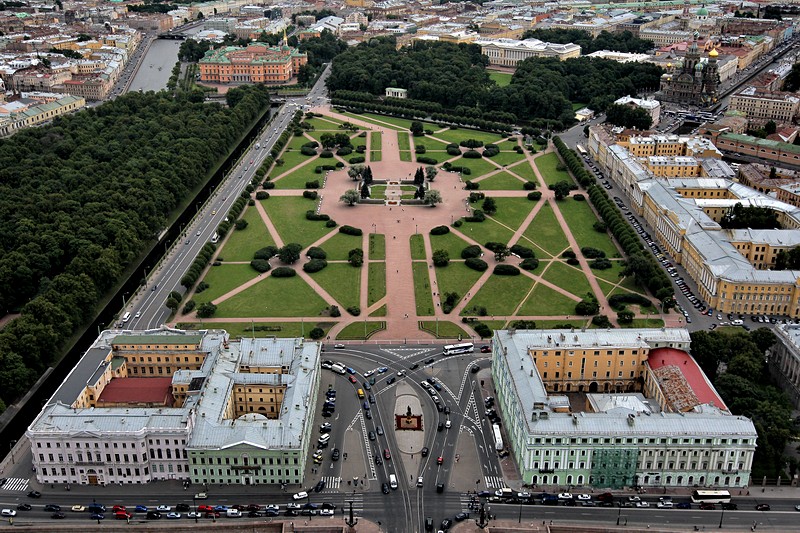
On March 5, 1917, the Petrograd Soviet decided to bury those who had died during the February Revolution on the Field of Mars. So began the history of the Field of Mars as a revolutionary memorial. The Monument to the Fighters of the Revolution was built here in 1919 with carved inscriptions authored by the first Soviet Minister of Education, Anatoly Lunacharsky. Then in 1957, forty years after the Revolutions of 1917, the first eternal flame of Russia was lit in the center of the memorial. From here the same flame lit the eternal flame on the Tomb of the Unknown Soldier beside the Kremlin Wall in Moscow.
| Metro stations: | Nevsky Prospekt / Gostiny Dvor |
|---|---|
| Directions: | Exit Gostiny Dvor metro station and turn right into the underpass at the intersection of Nevsky Prospekt and Sadovaya Ulitsa. Cross Nevsky Prospekt and turn left up Sadovaya Ulitsa. Walk past the Mikhailovsky (Engineers') Castle, and cross the bridge over the Moyka River to the Field of Mars. |
| What's here? | Monument to the Fallen Fighters of the Revolution, Barracks of the Pavlovsky Guards Regiment |
| What's nearby? | Marble Palace, Suvorovsky Ploshchad, Summer Garden, Mikhailovsky Garden, Moyka River, Swan Canal, Sadovaya Ulitsa, Millionaya Ulitsa, Mikhailovsky Palace, The Church of Our Savior on Spilled Blood |


